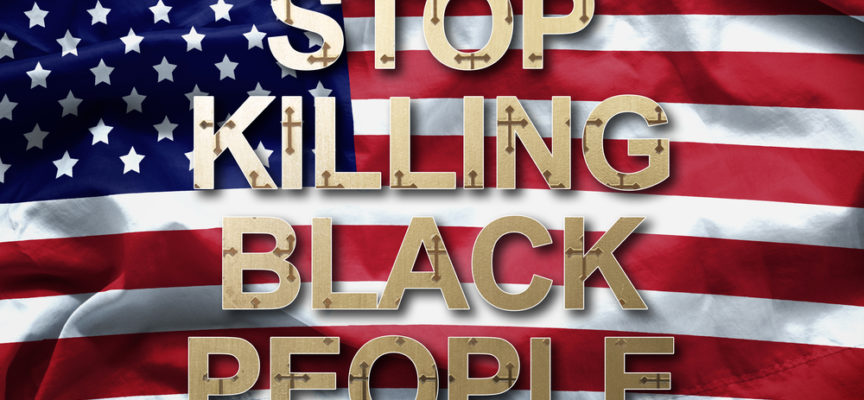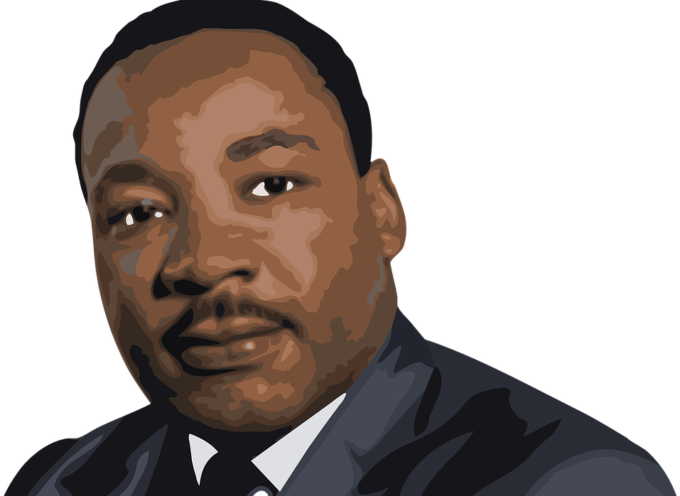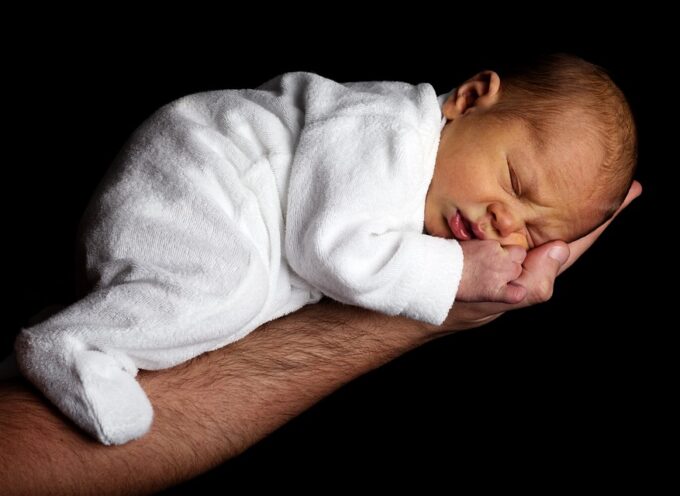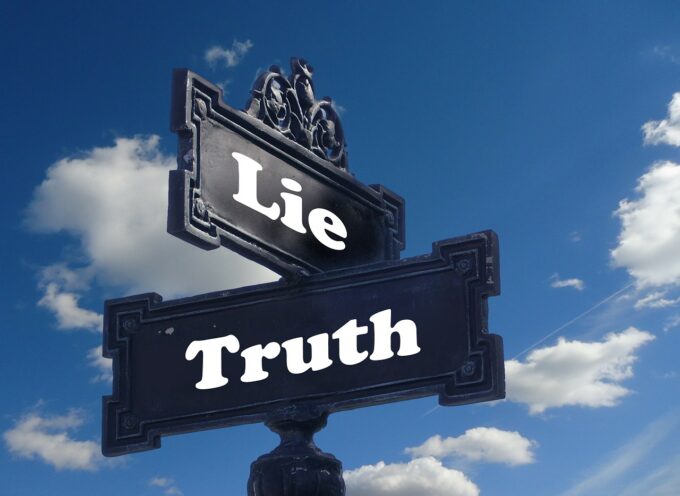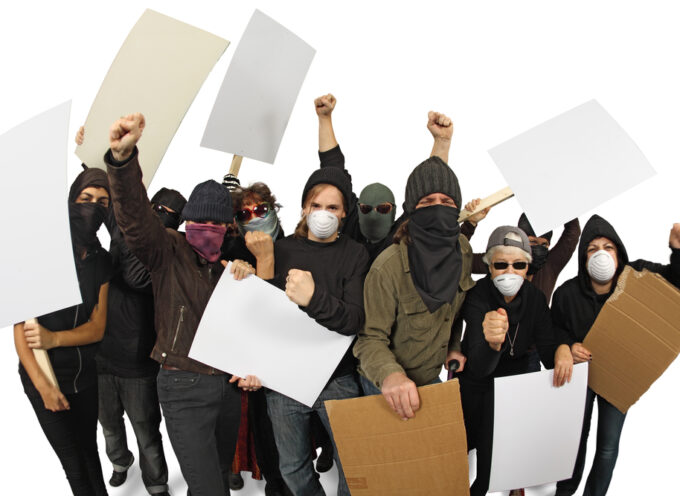Black Lives Matter started as a social media phenomenon that arose in the wake of the 2013 acquittal ruling of George Zimmerman, who had been charged with the shooting death of Trayvon Martin in Florida. In response to Zimmerman’s acquittal, three black community activists in California developed and disseminated the hashtag #blacklivesmatter on Twitter.
The fledgling social media movement gave birth to a number of loosely organized protests in response to the police-related deaths of black men such as Michael Brown in Ferguson, MO, and Eric Garner in New York City. BLM quickly gained national and even international attention, even winning the 2017 Sydney Peace Prize.
From the beginning, public response to BLM has been a mixed bag. Some Americans embraced it as a much-needed social reform movement. Others argued that BLM stereotyped police officers and cast premature judgments on police-related killings, thereby encouraging violence against police and hatred of whites. Some civil rights leaders supported BLM; others rebuked it or expressed deep reservations. A number of Christian leaders critiqued the movement for bypassing the black church, rejecting a biblical view of gender and sexuality, and promoting a form of identity politics that undermines the common good.
In its initial stages, BLM was spotlighted for protesting the deaths of black men at the hands of police officers (to access brief online histories, click here, here, and here). After Zimmerman’s acquittal, black LGBTQ activist Alicia Garza penned a social media post that included the phrase “black lives matter.” Later that day, Garza’s friend and black queer activist, Patrisse Cullors, created the hashtag #blacklivesmatter. The hashtag went viral and, in the following days, a third black queer activist, Opal Tometi, joined Garza and Cullors to envision the beginnings of what would become the Black Lives Matter organization.
The movement caught even more momentum in the wake of the 2015 Ferguson, MO, protests over the shooting death of Michael Brown. In the wake of Brown’s death, demonstrators from across the nation protested for more than three months. Garza, Cullors, and Tometi organized a “Freedom Ride to Ferguson,” reminiscent of the Civil Rights Movement’s freedom rides to various cities in the deep South to protest racial discrimination.
As time went on, BLM activists gained national attention for protests unrelated to shootings. In the political realm, for example, they disrupted a 2016 Bernie Sanders campaign rally. Protesters took command of the Seattle rally’s stage for 4 ½ minutes (corresponding, symbolically, to the 4 ½ hours Michael Brown’s body lay in the street while law enforcement officers investigated the crime scene) to highlight their grievances with Seattle progressives. In particular, they criticized Sanders for saying that “all lives matter,” arguing that even though all lives matter, the situation black communities face in America deserves concentrated attention.
That BLM activists would protest a Bernie Sanders rally, arguably the presidential candidate most amenable to their mission, demonstrates the ethos of the Black Lives Matter movement to reject cooperation and co-belligerency with groups who do not accept its core ideology.
In the religious realm, a BLM activist gained attention for using her plenary address at a national multi-denominational missions conference to call for support of the BLM movement. With 16,000 college students attending in St. Louis, MO (just down the road from Ferguson, MO), Michelle Higgins called for support of the Black Lives Matter movement, challenging white evangelicals for promoting a “pro-life” agenda in relation to unborn babies but not in relation to black lives.
Higgins’ remarks caused controversy, given that she specifically endorsed the Black Lives Matter organization—a movement that was not birthed in the black church and in some ways contradicts Christian teaching—rather than merely calling for greater attention to black inequality in general. Shortly thereafter, Urbana issued an official statement on their position on the matter, stressing that racial reconciliation is a gospel-issue for all Christians to become involved in. The statement is consonant with InterVarsity’s history of leading the way in racial reconciliation efforts among evangelical parachurch organizations.
In addition to gaining national attention for its protests and demonstrations, BLM now has its own official platform. In the wake of criticism that the Black Lives Matter movement did not have a constructive agenda, activists in July 2016 created an official organization, the “Movement for Black Lives,” endorsed by dozens of prominent businesses, charitable foundations, and organizations.
[Note: The current post is the second installment in a six-part series on the #BlackLivesMatter movement, including an introduction, a brief history of BLM, a summary of BLM ideology, a portrait of BLM leaders, a response to FAQs about BLM, and an evangelical evaluation of BLM.]
Subscribe
Never miss a post! Have all new posts delivered straight to your inbox.

